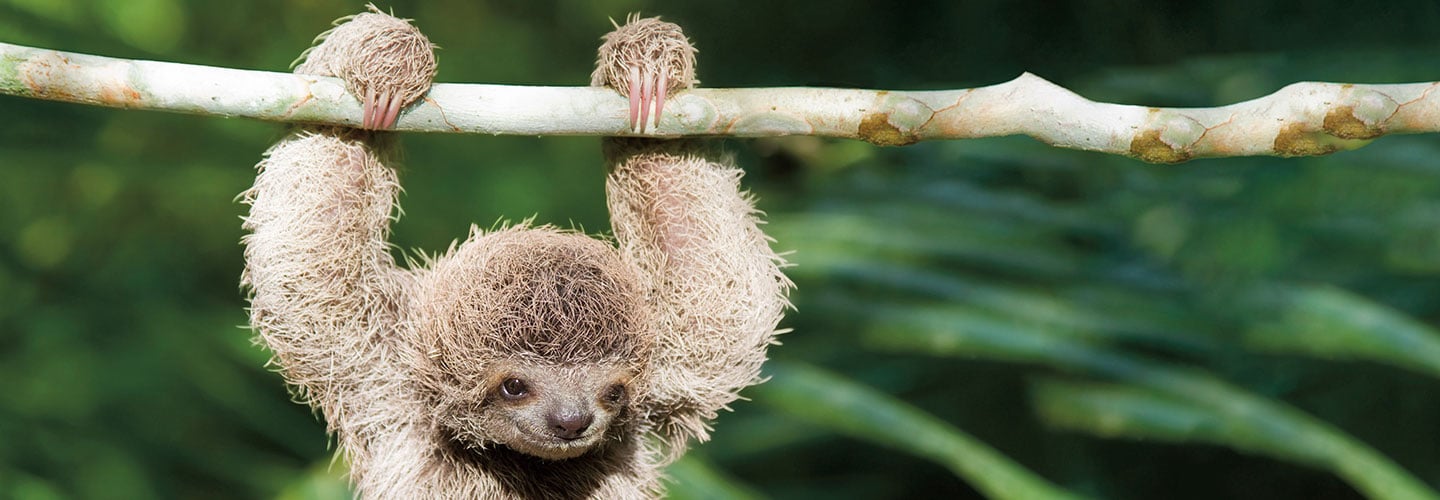During the school day, one student climbs a tree. Another hangs upside down from a branch.
The teachers can’t help but smile as they watch. After all, their students are cute animals called sloths.
Welcome to sloth school at Toucan Rescue Ranch! It’s a wildlife center in a country called Costa Rica.
One student climbs a tree. Another hangs upside down from a branch.
The teachers can’t help but smile. Their students are animals called sloths.
Welcome to sloth school at Toucan Rescue Ranch! It’s in a country called Costa Rica.

